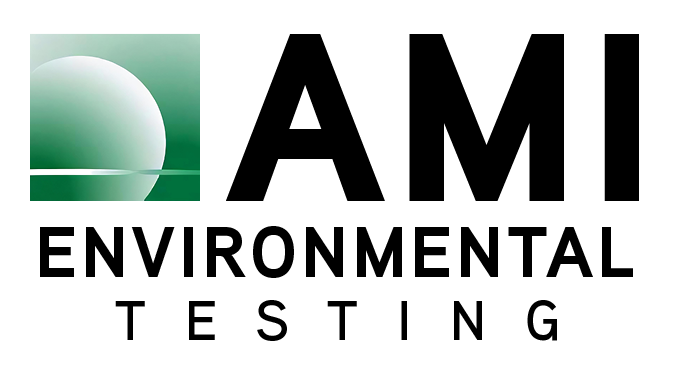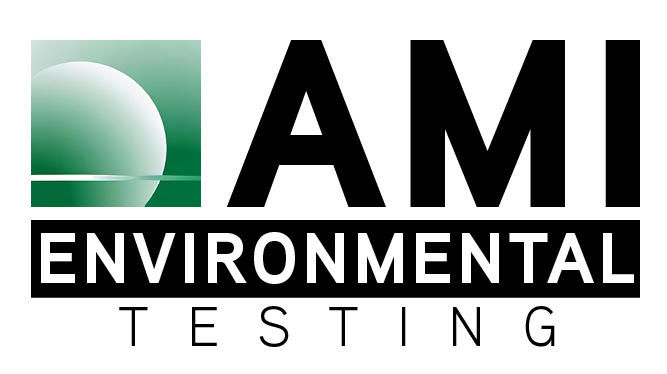Noise exposure is one of the most common physical hazards in the occupational environment. Simple hearing protection such as ear plugs or muffs help to reduce workers’ noise exposure but may not provide enough protection to prevent hearing loss. OSHA bases the requirements for a hearing conservation program on an 85 decibel action level which can only be determined by accurately measuring the noise in a worker’s environment. AMI can perform noise measurements in your work place and provide the following:
– Define hazardous noise areas
– Labeling for hazardous noise producing equipment
– Implementation of noise control barriers & engineering controls
– Selection of hearing protection based on noise level & frequency.
Noise dosimetry, which monitors a worker’s noise exposure throughout the entire work shift, can also be accomplished to accurately document noise exposures. This data is essential for selecting effective levels of hearing protection and determining which workers require annual hearing tests.



